audio.bill
Active member
That's very true... but some things tend to break much more often than others!Everything works until it breaks.
That's very true... but some things tend to break much more often than others!Everything works until it breaks.
Vitus brought me back to SS.
Was as fed up with the heat, tube quality, bias adjustments and reliability issues.
Just switch on now and an hour later everything is ready every time.
I think if I lived in Florida I might favor SS as well. My room get pretty hot here Inn sC during the summer months (and its on its own HVAC System)!
Ralph ,
How does your autobias differs from VAC’s ..?
Tubes generally make less higher ordered harmonic distortion and this is why tubes are still around decades on after being declared obsolete.
Transistors tend to be overall lower distortion but the distortion they do make is mostly higher ordered.
Actually this is BS, simply not true.
Just check the FFT graphs of the tube amps measured in Stereophile and it's obvious that their harmonics level and order are much higher than in a low distortion SS amp. Compare them with amps from Boulder, Soulution, Audionet and Benchmark and I hope you'll stop spreading this BS that tube amps produce the good distortion and SS has the bad distortion that you've done for years.
Not to mention that all tube amps have horrible intermodulation distortion (that's the nasty distortion) compared to SS.
If you prefer the distortion of tubes, fine; but don't come up with scientific BS to justify this preference.
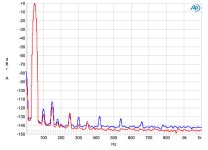
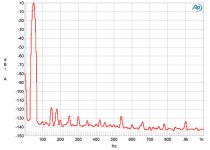
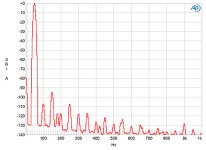
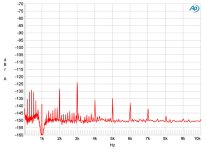
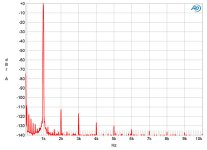
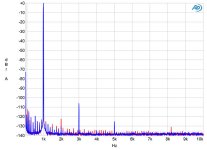
I think the question asked in the OP is far too broad. Is the SS amp Class A or AB? Is the tube amp triode or pentode? I recently directly compared a friend's stereo pentode tube amp to my mono block Class A SS amps in my system and later that same pentode tube amp to a third friend's triode tube mono block amps. I was quite surprised by what I heard. The pentode tube amp sounded very similar in both systems and quite different from the SS Class A amps and triode tube amps while the latter two seemed to have very similar sonic characteristics in the different systems.
All of the amplifiers were able to drive the speakers to adequate levels with what seemed like low distortion, but they really sounded very different and I suspect the three listeners each preferred his own amplifier(s) to the others. I would now like to compare the SS Class A amps to the powerful tube triode amps in the same system to hear how different or similar they sound. That might also be quite surprising given the comments here about how different SS and tube amps are supposed to sound.
It is all quite fascinating and why one should probably hear a particular amp with his speakers before buying it.
That reminds me of a blind test with a switch box that I heard demonstrated in a store in the Netherlands in the early Nineties. They demoed SS amps, a few Japanese amps and a Rotel. While all amps probably had low distortion figures on paper, they sounded radically different, and the Rotel far and away sounded the most natural. It's not just simplistically about a "topology", you have to hear an amp in your system for yourself.
@atmasphere you said and repeated over the years that a priori tube amps produce less high order distortion than SS and that is the reason they sound better (your personal opinion); like a fatality in which, even if the tubes wanted to produce high order distortion, they wouldn't be able due to their nature and SS wouldn't be able to get rid or lower the high order distortion to values less than tubes due to its nature. Thats BS statement.
My opinion is that those who prefer tube amps like them exactly because they produce much more distortion (level and order wise) which adds body to the music, make's it sound organic, real, harmonicaly rich whatever. It's the same with vinyl and NOS DACs preferences.
Here are some SS amps with their 50Hz spectrum measured
View attachment 25313 View attachment 25314 View attachment 25315
and some with their 1kHz spectrum
View attachment 25316 View attachment 25317 View attachment 25318
Compare them to whatever tube amp you want.
Many say it's the distortion that makes tubes sound like they do, and, I know the different amps measure differently with various distortions. Yet my unscientific mind has serious doubts that it is all distortion related.
Somehow tubes are more able to trigger some sense that a being is singing in the room. In general tubes put a more flesh on the bone feel. And, typically a more 3D like sense, you get more of an organ's body, shape, with tubes, not just notes like most SS. If distortion does this and I still hear the detail, then, distortion can't be the bad guy it's made out to be.
My theory is somehow tubes effect us in a different way of hearing. Like I can tell the difference without looking if I am in a room with a lot of reflections "live" versus a treated room. Can you feel an open doorway when walking a hall? I suspect something in tube gear is more along this line. It's like on some tube systems I get the same sense from the music as I do from another person in the room.
Now on some tube gear a brass instrument, for example, may sound more diffuse, maybe larger than it should, things like this I could accept being from some type of distortion.
At the end of the day we have to listen and choose how we want our system to playback to us. How do we want to hear it.
